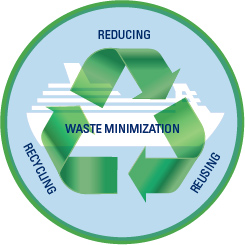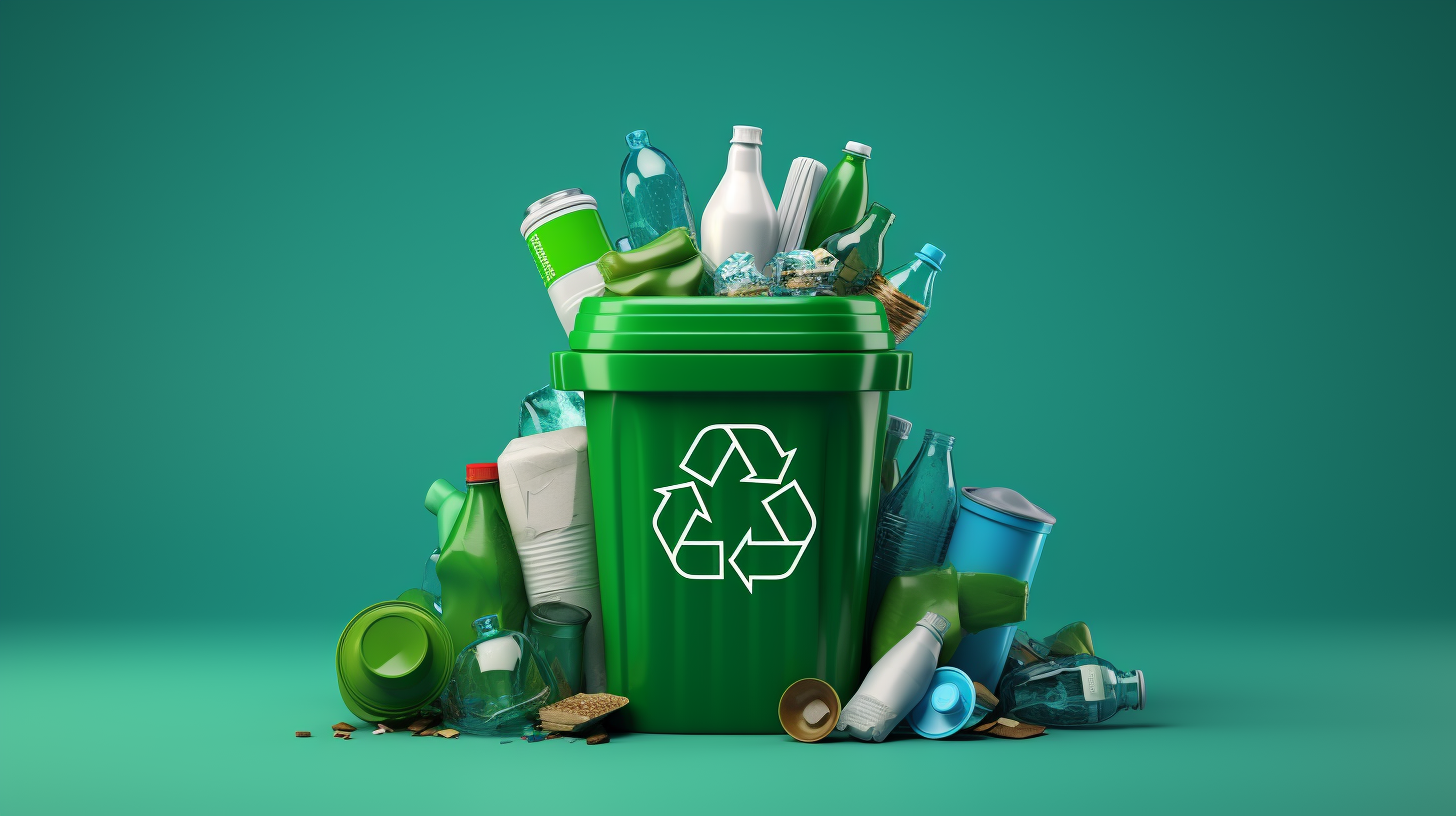Get Entailed with Recycling Lives Services for a Greener Future
Get Entailed with Recycling Lives Services for a Greener Future
Blog Article
Exploring Different Kinds Of Waste in Modern Waste Administration Equipment
The contemporary landscape of waste monitoring involves navigating an intricate array of waste kinds, each requiring specialized handling and disposal methods to alleviate environmental effects. Municipal solid waste, dangerous waste, electronic waste, and organic waste each existing distinct obstacles and opportunities for resource recovery. Cutting-edge services such as smart waste bins and waste-to-energy innovations are becoming important tools in boosting effectiveness and sustainability. Comprehending these waste types is vital for cultivating public awareness and motivating active involvement in lasting practices. What strategies can successfully resolve these diverse kinds of waste while advertising a round economy?
Community Strong Waste
Local solid waste, usually described as house trash or rubbish, incorporates a variety of disposed of products generated by property, commercial, and institutional sources within a district. This waste stream usually includes products such as packaging, food scraps, backyard trimmings, paper, plastics, fabrics, and discarded household items. The management of metropolitan strong waste is a vital part of urban planning and public health and wellness, demanding reliable collection, transport, and disposal systems.
Reliable waste management systems are made to decrease environmental effect while taking full advantage of source recuperation. Composting organic waste, such as food scraps and lawn trimmings, not just minimizes garbage dump usage however also produces important soil changes.
Municipalities need to likewise address the economic and logistical challenges associated with waste management. Implementing pay-as-you-throw systems, enhancing public recognition, and buying modern technology can considerably enhance waste diversion prices. By integrating these techniques, towns can promote sustainable neighborhoods, lower greenhouse gas discharges, and conserve all-natural sources.
Contaminated Materials

Efficient hazardous waste management involves several important steps: recognition, disposal, segregation, and therapy. Segregation guarantees that unsafe products are saved separately from non-hazardous waste to stop cross-contamination.
Regulatory frameworks, such as the Resource Conservation and Recovery Act (RCRA) in the USA, supply guidelines and requirements for dangerous waste monitoring. Adherence to these policies, paired with improvements in waste treatment modern technologies, is crucial in reducing the threats related to contaminated materials.
Electronic Waste
Electronic waste, typically described as e-waste, represents a rapidly expanding difficulty in waste administration systems around the world. This kind of waste includes disposed of digital gadgets and tools such as smart devices, computer systems, tvs, and various other digital appliances. The quick rate of technical improvement, coupled with reducing item life expectancies and customer need for the most recent gadgets, has significantly increased the quantity of e-waste produced every year.
E-waste is particularly problematic as a result of its complicated composition, commonly consisting of dangerous compounds like cadmium, mercury, and lead, which position significant environmental and health and wellness risks otherwise appropriately taken care of. Alternatively, e-waste likewise includes valuable materials such as silver, gold, and copper, which can be recovered and reused. The double nature of e-waste-- both hazardous and valuable-- necessitates specialized handling, recycling, and disposal procedures.
Efficient e-waste administration entails rigid regulatory frameworks, durable collection systems, and advanced reusing innovations. Public awareness and engagement are critical, as improper disposal methods, such as illegal discarding and informal recycling, aggravate environmental contamination and carcinogen. As a result, improving e-waste monitoring practices is crucial for alleviating eco-friendly influence and recouping useful resources in an increasingly digital globe.

Organic Waste
Organic waste, comprising kitchen scraps, yard trimmings, and farming deposits, stands for a significant section of the international waste stream. This kind of waste is eco-friendly, meaning it can be broken down by microorganisms right into easier natural compounds. In spite of its potential for natural disintegration, improper administration of natural waste can result in damaging environmental effects, consisting of the emission of greenhouse gases such as methane, which add to environment modification.
Efficient monitoring of organic waste is vital for minimizing these ecological influences (recycling lives services). Composting is a widely embraced technique, changing natural waste right into nutrient-rich garden compost that can enhance soil health and wellness and farming productivity. Furthermore, anaerobic food digestion is an arising technology that converts natural waste right into biogas, a renewable energy source, and digestate, which can be utilized as plant food
Municipalities and waste management entities should carry out robust organic waste collection and treatment programs to make best use of the advantages of these processes. Public education projects can also play a critical function in motivating houses and services to separate organic waste from various other kinds of waste. By prioritizing the monitoring of natural waste, cultures can lower land fill usage, reduced greenhouse gas exhausts, and develop beneficial results for farming usage.

Ingenious Waste Management
In the realm of waste monitoring, cutting-edge methods are changing how societies handle their refuse, intending for sustainability and performance. One famous development is the implementation of smart waste containers outfitted with sensing units that keep track of fill degrees and maximize collection paths.
Another remarkable advancement is the adoption of waste-to-energy (WtE) innovations. By transforming non-recyclable waste into functional energy via processes such as incineration and anaerobic digestion, WtE lowers garbage dump burden and gives an eco-friendly energy resource. Improvements in chemical Your Domain Name recycling enable for the breakdown of intricate plastics into their initial monomers, enabling the production of new, high-quality plastic items.
Furthermore, the round economy design is gaining grip, highlighting the layout of products and systems that focus on reusability and source effectiveness. This all natural approach motivates sectors to reduce sites waste generation from the start. Through these ingenious approaches, modern waste administration systems are not just attending to the prompt challenges of waste disposal yet also leading the way for a much more sustainable future.
Final Thought
A thorough understanding of municipal solid waste, harmful waste, digital waste, and natural waste, coupled with the implementation of ingenious waste monitoring services, is imperative for reducing ecological influences. Incorporating modern technologies such as smart waste bins and waste-to-energy systems can enhance efficiency and sustainability. Reliable waste administration techniques not only foster resource recovery yet also advertise public understanding and engagement, ultimately contributing to the development of a circular economy.
The contemporary landscape of waste management involves browsing a complex variety of waste kinds, each needing specialized handling and disposal techniques to reduce environmental impacts. Municipal strong waste, unsafe waste, digital waste, and natural waste each present distinct challenges and opportunities for source recuperation.Digital waste, frequently referred to as e-waste, stands for a quickly expanding difficulty in waste administration systems internationally. Through these innovative approaches, modern-day waste administration systems are not only addressing the prompt difficulties of waste disposal however also leading the method for a more lasting future.
A the original source thorough understanding of local solid waste, hazardous waste, digital waste, and natural waste, combined with the execution of cutting-edge waste administration services, is imperative for reducing ecological influences. (recycling lives services)
Report this page